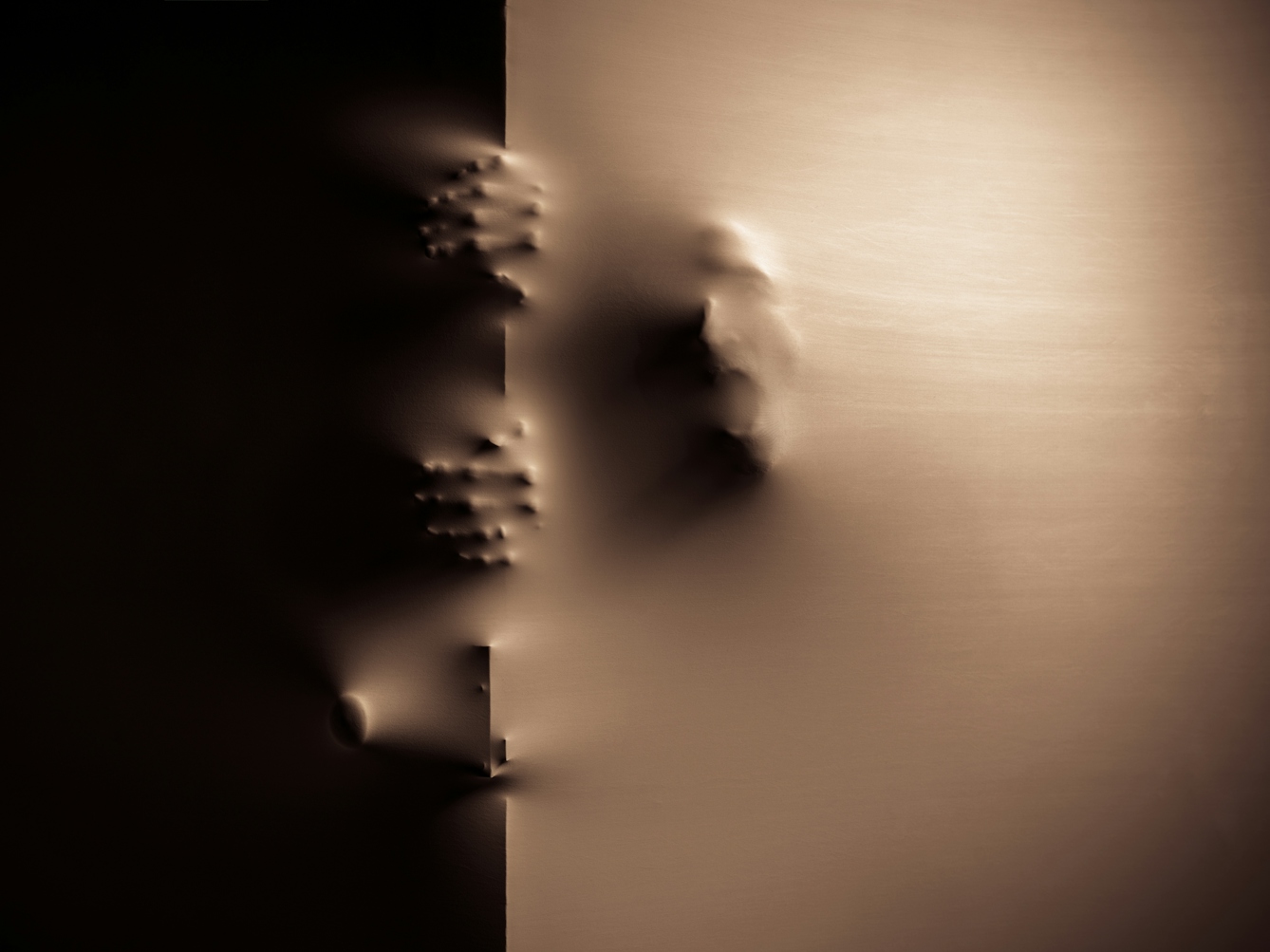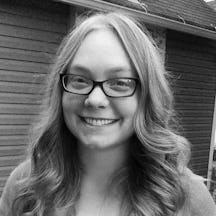It might seem that zombies were created in the 1930s to satisfy ghoulish filmgoers, but in fact they’ve been with us for at least 15 centuries. Enter a strange realm where zombies like to help out at work or sit by the fire – and discover what happens to them when humans decide enough is enough.

Zombies are everywhere today, from TV to books to movies to video games. It may seem as if they’re just a horror trend, but the walking dead aren’t new to Western imaginations.
There’s a story from medieval Brittany, for example, of a baker and his wife. After the baker dies, his corpse returns from the grave each night to help his terrified wife knead the dough. Although he doesn’t hurt anyone, the townsfolk decide his wanderings must end, and thus they exhume and dismember his body.
The historical record all across Northern Europe is littered with tales of the feeling, moving, even talking dead, and there is one historical source that is especially zombie-heavy: the Old Norse sagas, which date largely from the eighth to the eleventh centuries.
Many people know of the Old Norse sagas as the stories of the Vikings, but they also contain descriptions of daily life in medieval Scandinavia, particularly Iceland, featuring squabbling and litigious neighbours, Norwegian kings and rugged outlaws. Scholars debate whether the sagas depict actual people and events, but they do provide a window into the Old Norse point of view, and that view has zombies.

Zombies in the dock.
Taking corpses to court
“Thorodd and his men... were all drowned off Enni... On the first evening of the feast, when all the guests were seated, Thorodd and his companions came into the room drenched to the skin.” This comes from a translation of the Icelandic ‘Eyrbyggja Saga’ (‘Story of the People of Eyrr’), which was written in the 13th century.
Acceptance changes when the dead overstay their welcome, loitering around the fire every night and generally unnerving the living.
This saga is particularly full of the walking dead, and Thorodd and his men are just a few of them. In this episode, the drowned men’s families and friends aren’t all that concerned with their reanimated visitors. In fact, the saga says, “Everyone welcomed Thorodd and his men, and thought this a happy omen because in those days it was believed that drowned people had been well received by the sea-goddess, Ran, if they came to their own funeral feast.”
This acceptance changes when the dead overstay their welcome, loitering around the fire every night and generally unnerving the living. So the hero of the story does what any medieval Icelander would do: he sues them. Court is held, testimony is taken, and the dead are thoroughly chastised, after which they promptly leave.
Doors for the dead
In another episode, when a man named Thorolf dies, his son Arnkel takes precautions in case he returns as a walking corpse. The saga says, “When Arnkel went into the living room, he crossed the hall to get behind [the corpse of] Thorolf, warning people to take care not to pass in front of the corpse until the eyes had been closed.” Arnkel took this precaution because, to pre-modern Northern Europeans, the dead could still see, hear, and feel.

Corpse door.
After closing the corpse’s eyes, Arnkel “had a hole broken through the wall behind Thorolf, and the corpse was dragged outside.” This seems even stranger than closing the corpse’s eyes, but Arnkel had his reasons for this too. The people in the saga were creating what is called a “corpse-door”. If you were wise, you would take the dead out of this fake door rather than the real one, so that the corpse wouldn’t learn how to re-enter the home.
Such corpse-doors aren’t restricted to the sagas or even to the Middle Ages. These ideas about the dead were long-lasting: some homes in Scandinavia had corpse-doors up to the 19th century, though by 1907, only one such door remained in Denmark.
Sci-fi and the supernatural
This isn’t to say that the walking dead were normal for medieval Icelanders and other pre-modern Northern Europeans; they certainly were supernatural and could cause quite a ruckus, but they weren’t impossible. Today, people don’t believe in zombies like they believe in ghosts; to many, zombies exist only in horror movies, but shows about ‘real’ ghost hunters and mediums are everywhere.
Zombies are sci-fi, distinctly unnatural. But that’s a modern Western view. Life and death don’t have obvious boundaries – it can be difficult to find the distinct flatlining moment where a person is here one minute and gone the next. Even today, modern medicine has allowed organs to outlive their original owners by decades, and resuscitation brings people “back to life”. Beliefs on how death happens and what bodies can do are malleable.
For all of us, death is a mystery. Whether we believe in incorporeal ghosts or rotting zombies is a matter of culture, but either way, we’re all asking the same question: What happens next?
About the contributors
Julianna Poole-Sawyer
Julianna Poole-Sawyer has a master's degree in Molecular Biology from Princeton University as well as a master's degree in the History and Philosophy of Science from the University of Notre Dame. As a science writer, her work has appeared in the magazines ChemMatters and inChemistry.
Kathleen Arundell
Kathleen is a freelance photographer working in the culture and heritage sector. She works in a range of museums across London, and loves all things science and art.

